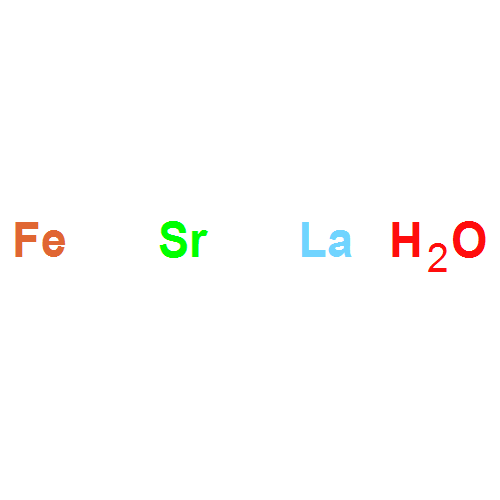Co-reporter: Rainer Küngas, Fred Bidrawn, Eyas Mahmoud, John M. Vohs, Raymond J. Gorte
pp: 146-150
Publication Date(Web):4 October 2012
DOI: 10.1016/j.ssi.2012.04.030
An analytical model has been developed and experimentally tested to determine the factors that lead to high overpotentials in composite solid oxide fuel cell (SOFC) cathodes. Results suggest that the performance of infiltrated, composite electrodes is limited by O2 adsorption and incorporation into the perovskite lattice. The impedance of cathodes prepared by infiltration of La0.8Sr0.2FeO3 (LSF) into porous yttria-stabilized zirconia (YSZ) depends strongly on the surface area of the perovskite phase and is independent of LSF film thickness. Model predictions about the effect of the microstructure and ionic conductivity of the porous electrolyte scaffold were also verified.Highlights► Analytical model of SOFC composite cathodes. ► Electrode performance is limited by perovskite surface area. ► Electrolyte surface area and ionic conductivity also affect cathode impedance.
